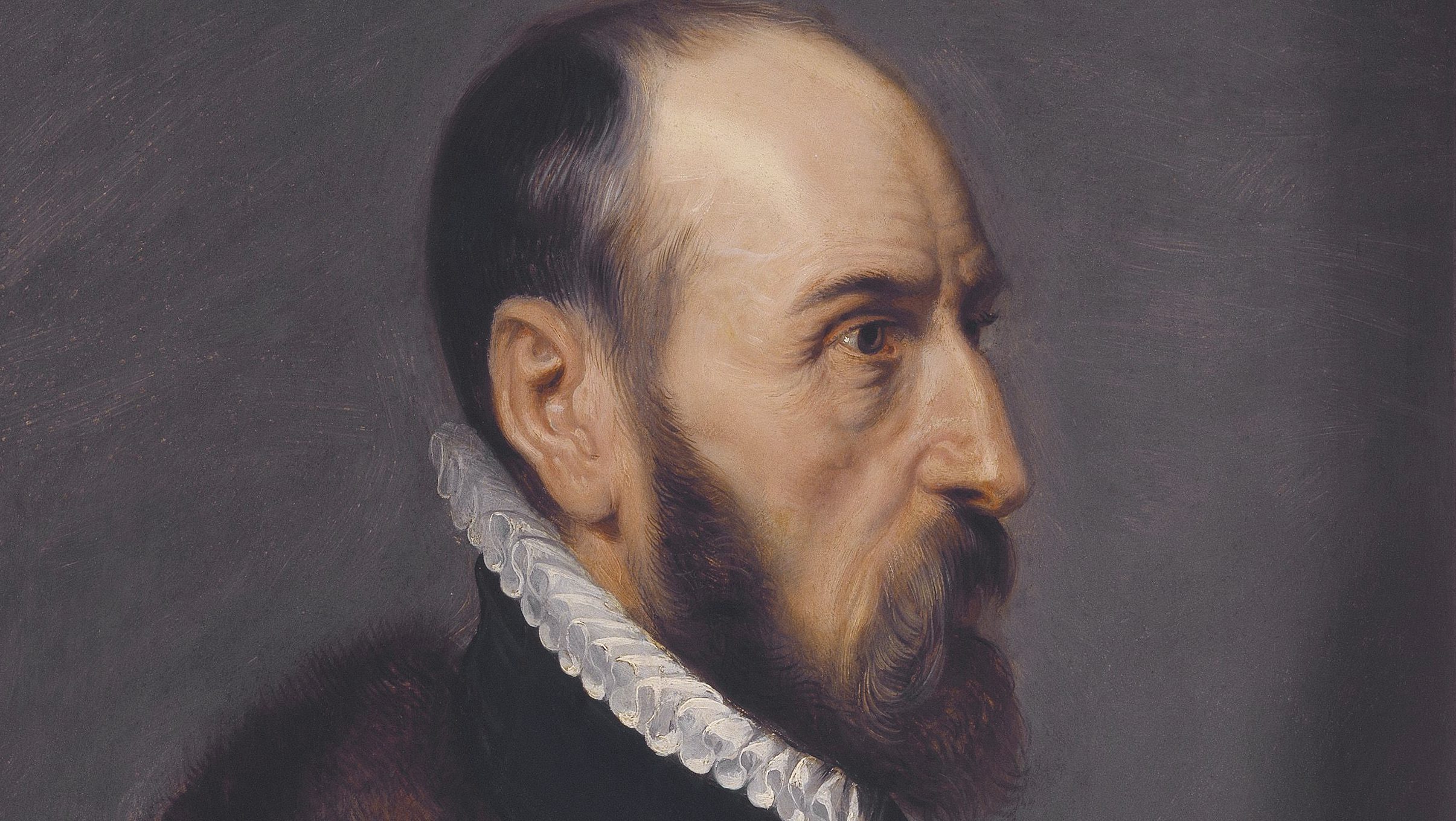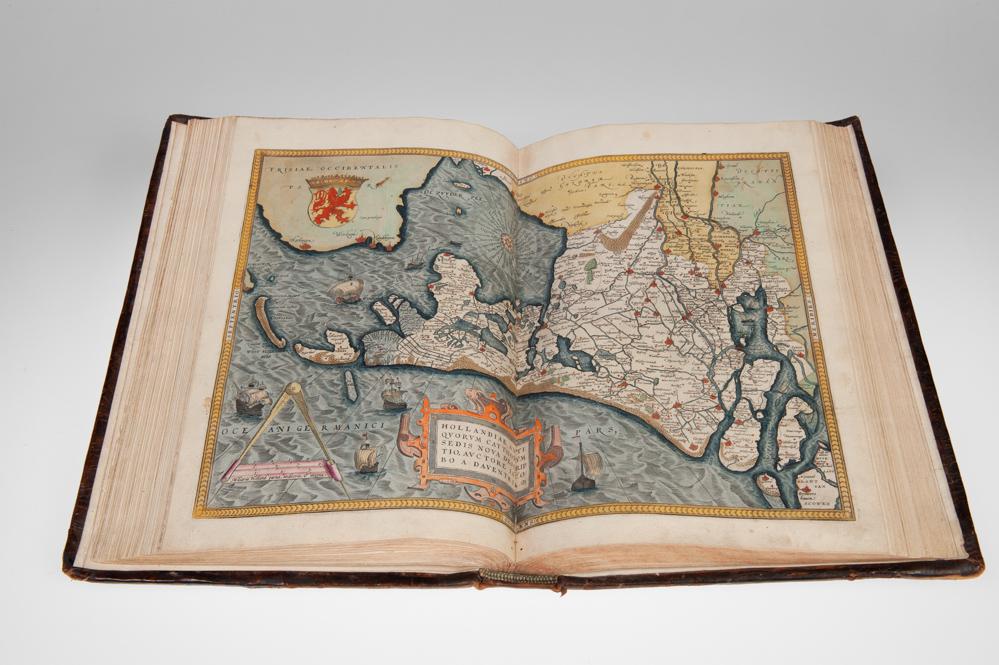

In 1596 he received a presentation from Antwerp, similar to that afterwards bestowed on Rubens. In 1578 he laid the basis of a critical treatment of ancient geography by his Synonymia geographica (issued by the Plantin press at Antwerp and republished in expanded form as Thesaurus geographicus in 1587 and again expanded in 1596 in the last edition, Ortelius considers the possibility of continental drift, a hypothesis that would be proved correct only centuries later). In England Ortelius's contacts included William Camden, Richard Hakluyt, Thomas Penny, Puritan controversialist William Charke, and Humphrey Llwyd, who would contribute the map of England and Wales to Ortelius's 1573 edition of the Theatrum. He also published a two-sheet map of Egypt in 1565, a plan of the Brittenburg castle on the coast of the Netherlands in 1568, an eight-sheet map of Asia in 1567, and a six-sheet map of Spain before the appearance of his atlas. This map subsequently appeared in reduced form in the Terrarum (the only extant copy is in now at Basel University Library). In 1564 he published his first map, Typus Orbis Terrarum, an eight-leaved wall map of the world, on which he identified the Regio Patalis with Locach as a northward extension of the Terra Australis, reaching as far as New Guinea. In 1560, however, when travelling with Mercator to Trier, Lorraine, and Poitiers, he seems to have been attracted, largely by Mercator's influence, towards the career of a scientific geographer. He supplemented his income trading in books, prints, and maps, and his journeys included yearly visits to the Frankfurt book and print fair, where he met Gerardus Mercator in 1554. īeginning as a map-engraver, in 1547 he entered the Antwerp Guild of Saint Luke as an illuminator of maps. He travelled extensively in Europe and is specifically known to have traveled throughout the Seventeen Provinces in southern, western, northern, and eastern Germany (e.g., 1560, 1575–1576) France (1559–1560) England and Ireland (1576) and Italy (1578, and perhaps two or three times between 15).

In 1575 he was appointed geographer to the king of Spain, Philip II, on the recommendation of Arias Montanus, who vouched for his orthodoxy. Abraham remained close to his cousin Emanuel van Meteren, who would later move to London. Following the death of Ortelius's father, his uncle Jacobus van Meteren returned from religious exile in England to take care of Ortelius. In 1535, the family had fallen under suspicion of Protestantism.
#Ortelius atlas free
The Orthellius family were originally from Augsburg, a Free imperial city of the Holy Roman Empire. Ortelius was born on either 4 April or 14 April 1527 in the city of Antwerp, which was then in the Habsburg Netherlands (modern-day Belgium). He was the first person proposing that the continents were joined before drifting to their present positions. The publication of his atlas in 1570 is often considered as the official beginning of the Golden Age of Netherlandish cartography. He was a notable figure of this school in its golden age (approximately 1570s–1670s) and an important geographer of Spain during the age of discovery. Along with Gemma Frisius and Gerardus Mercator, Ortelius is generally considered one of the founders of the Netherlandish school of cartography and geography. He is recognized as the creator of the first modern atlas, the Theatrum Orbis Terrarum ( Theatre of the World). Creator of the first modern atlas proposing the idea of continental driftĪbraham Ortelius ( / ɔːr ˈ t iː l i ə s/ also Ortels, Orthellius, Wortels 4 or 14 April 1527 – 28 June 1598) was a Brabantian cartographer, geographer, and cosmographer.


 0 kommentar(er)
0 kommentar(er)
